| ENGLISH/JAPANESE |
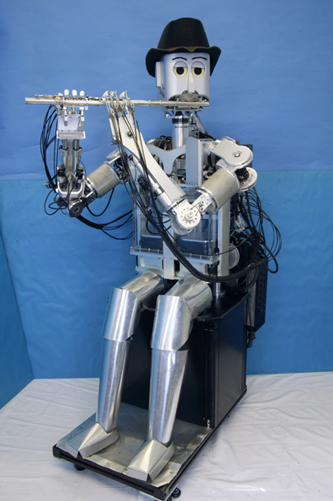 |
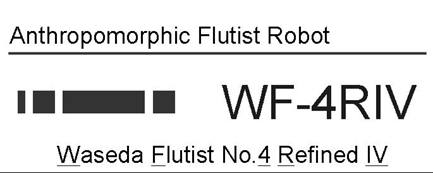 |
||||
|
|
|||||
|
|
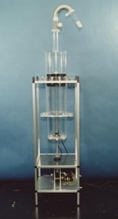 |
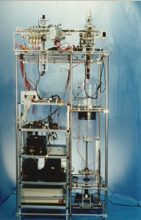 |
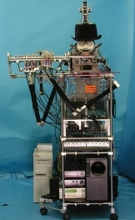 |
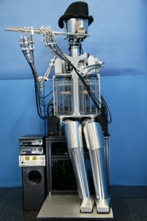 |
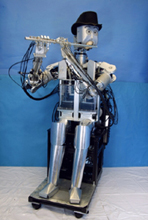 |
| WF-1 (1990) |
WF-2 (1992) |
WF-3RIX (2002) |
WF-4 (2003) |
WF-4RIII (2006) |
| (About WF-3RIX) | (About WF-4) | (About WF-4RIII) | ||
| -TOP- |
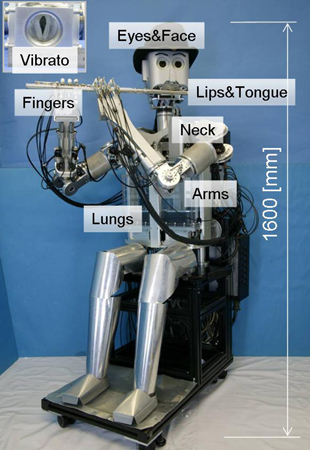 |
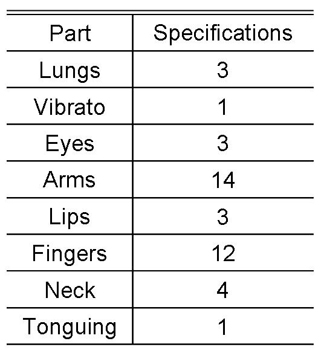 |
 |
 |
|
| The eye system has 3-DOFs; where two CCD cameras were attached. Using this
system, the robot may be able of interacting with musical partners and
with the audience during a performance. The face design was re-desugbed to become more friendly. In addition, the eyebrow can be freely moved to change robot's expression. |
||
| Face(left)・・・・・ Head Mechanism(right)・・・・・ |
| -UP- |
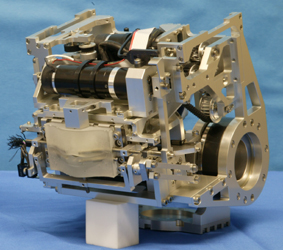 |
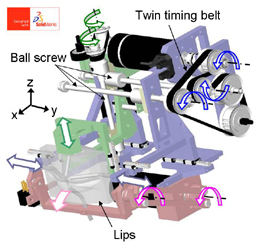 |
|
| The accurate control of the shape of the lips during the flute performance facilitates the control of the air beam parameters required to produce flute sound. The artificial lips were designed to reproduce mechanically the shape and elasticity of the human lips. In order to control the shape of the lips, an array of pins were embeded into the artificial lips so that high control accuracy is achieved. |
||
・・・・・Mouth(left) ・・・・・Mouth Mechanism(right) |
| -UP- |
 |
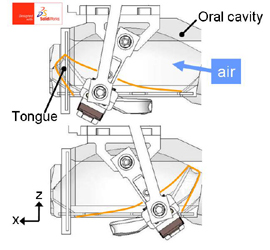 |
|
| The tonguing mechanism has been designed to reproduce the double tonguing
tecnique. In particular, an aritficial tongue has been designed to stop
the air flow at the tip of the oral cavity and at the rear. As a result, attack of the sound becomes faster, and more natural transitions between notes were achieved. |
||
| Tongue side view(left)・・・・・ Tonguing(right)・・・・・ |
| -UP- |
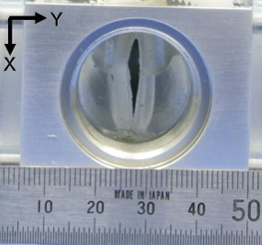 |
 |
|
| The vibrato mechanism was designed to imitate the human vocal cord located inside the throat which is useful for changing the amplitude and frequency to add vibrations to the air flow.
The lung system is composed by two acrylic cases, which are sealed airtight, containing a bellow which is controlled by a crank mechanism to breathe air in and out from them. |
||
| ・・・・・Neck(left) ・・・・・Lungs(right) |
| -UP- |
 |
 |
|
| All fingers can open and close the flute key in 8[Hz]. The flute is completely fixed to the righthand with the flute mount. The arm system has 7-DOFs. The upper arm has 4-DOFs and the fore arm has 3-DOFs. | ||
| Fingers(left)・・・・・ Arms(right)・・・・・ |
| -UP- |
| -TOP- |
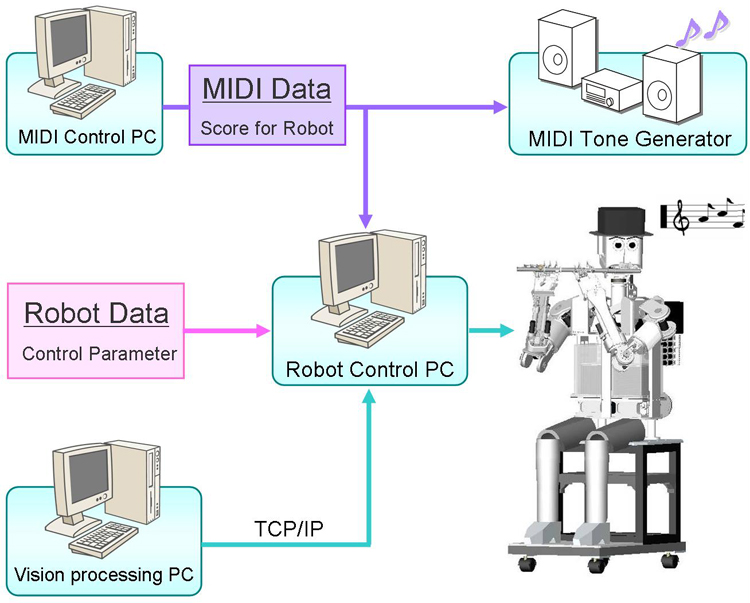 |
| -TOP- |
|
|
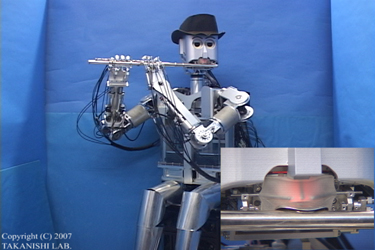 |
Flute peformance of WF-4RIV(mpeg/1:36/16MB) AuThe flight of the bumble beeAv composed by Rimsky-Korsakov |
| -TOP- |
| Humanoid Robotics Institute, Waseda University | |
| WASEDA UNIVERSITY WABOT-HOUSE LABORATORY | |
| SolidWorks Japan K.K. |
| -TOP- |
| Takanishi Laboratory | Last Update 2007.10.27 Copyright(C) 2007-2008 Team Flute /Takanishi Laboratory All Rights Reserved. |
